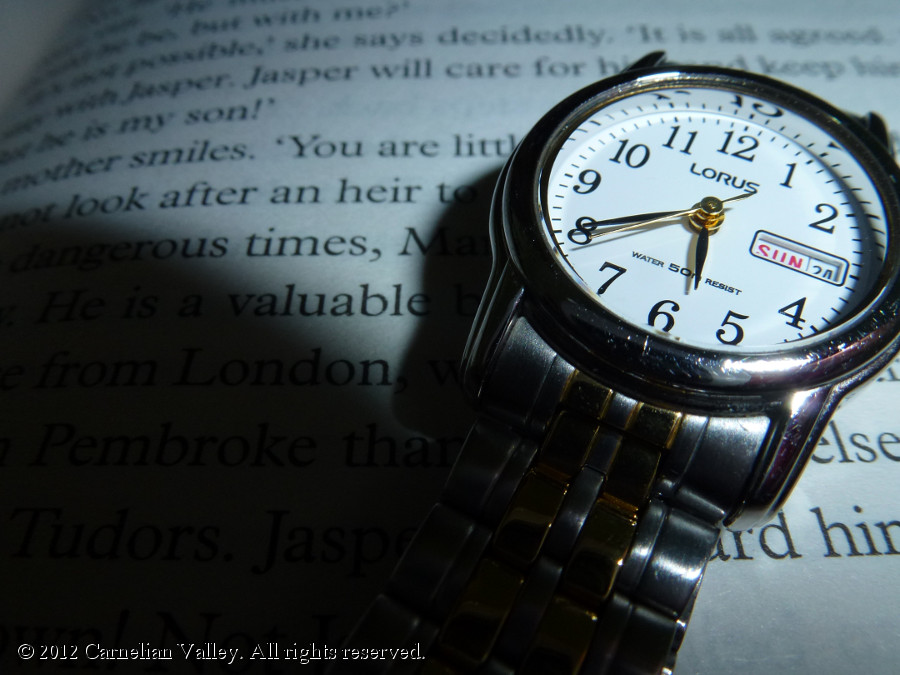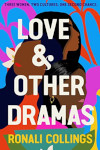What Is The Impact Of The Amount Of Time Between Your First And Second Read On The Latter Read?
Posted 8th November 2019
Category: Chit-Chat Genres: N/A
Comments Off on What Is The Impact Of The Amount Of Time Between Your First And Second Read On The Latter Read?

Having continued to re-read, discovering more about the texts, I found myself wanting to look into this whole process further. The books I’ve been reading are on a shortish line – there are those I first read in the earlier years of my blogging (every book so far has been a ‘first read whilst blogging’ book), and those from only a year or two ago. On paper, it’s not much – the longest gap is 7 years – but when you read a lot that’s a fair amount of time. And in the context of being a reader, it’s more than enough time for changes to occur, specifically to your reader self.
I’ve pondered over whether the gap between first read and re-read has any particular merit in regards to amount of time, and in saying ‘gap’ I mean both the factual gap of time and the gap in relation to how many books have been read in the meantime; the more books you get through, the more you’re likely to forget ones further back, an understandable drawback of avid reading. (That, I think, is something that can be lived with.)
When it comes to the question of whether being able to remember less or more of the book makes for a better re-reading experience, I don’t think there’s a right answer. Not being able to remember – and this can, as noted, happen no matter how long ago (or not so) you first read the book – means simply that you’re going to enjoy your re-read in a different way. It might take a bit more time for you to ‘get back’ to where you might have been had you remembered, but that’s not a bad thing. Whilst being able to remember a lot means your further appreciation of the book – all those things you didn’t notice the first time – might happen sooner, not remembering the content doesn’t mean it won’t happen. And of course remembering the book – most likely the story, themes, and any impression the characters made on you – may well cause you to need a bit more time to get into the book again due to the chance you wonder why you’re re-reading it right then. (By this I mean you wonder in general – ‘why am I reading this again when I’ve already read it?’)

My present experience of this pertains to Samantha Sotto’s Before Ever After, which I started a couple of days ago. I remembered I loved it; I had the benefit of having reviewed it (though my review, in 2012, seems to me now incredibly amateur and lacking in literary context); and I remembered the basic plot and my liking of Sotto’s hero. But I didn’t remember that the author started her book in the present, and I didn’t remember the character of Paulo, the young man who arrives at 26-year-old Shelley’s front door to tell her that her husband, who died a couple of years previously in his early 30s, is his grandfather and managing a restaurant on the other side of the world. (Yes, it’s as good as it sounds.)
And – to my shame, right now – I have had this book on my favourites list ever since I read it.
My re-read of Montgomery’s The Blue Castle gave me a completely different feeling for the book, enough that I wondered if I shouldn’t write a new review. (I opted for a Reading Life post.) In brief, my first read had me me laughing, my re-read had me looking at the poignancy and dysfunction. I laughed very little.

This moves us to the way we can change as readers. We change as a whole – our reading preferences change, we read differently, we’ve got a lot more reading behind us to inform new reads – but I’m thinking specifically on a per-book basis: we often change in the context of being a reader of that book, whichever book is currently in question. My second read of The Barrowfields showed me the progress I’d made by the way of reading more classics and in general knowledge of other classics. My time in-between first and second read – a year and several months, not long really – allowed me during the second read to understand and often be simply able to note more literary references than I had that first time, and, in so doing, I was more aware of the idea that the best way (for me) to read the book that second time was to look up anything I came across that I didn’t know, no matter whether it struck me as important or not.
This, then, is why ‘amount of time’ is and has to be a malleable concept when it comes to re-reads. It’s the amount of time in the context of you, of your self as a reader, your reading background, and so on. It’s also not always related to how much you enjoyed the book that first time, in fact I’d argue that loving a book so completely can make you forget the details sooner. It’s all too easy to think that because you loved a book so much, you’re never going to forget it. The only definite, I reckon, is that you’re unlikely to forget the experience of reading it and your feelings at that time.

I don’t know if I ‘need’ to read The Blue Castle again – I probably will but it’ll be for the same reason I re-read it earlier this year: the simple enjoyment of it. I’ve identified a likelihood of ‘needing’ to read The Barrowfields again, in a few years time, perhaps, to see how much more I might enjoy it, to see how much newly accessible content there is for me to take away. This of course circles back to the idea of there possibly being a limited amount to take.
There is obviously no real way – one might use the buzzword ‘organic’ – to measure the effect of the passage of time between reads. You’d have to erase the book from your memory, and selectively at that, keeping some of it back, but it is something I’d like to keep in mind as I continue what has become a real pleasure – re-reading what I’ve loved.
I’ve always worried about the fact that a re-read necessarily means one less new read in your time, but when done right – and again, that’s subjective – it’s incredibly valuable.
What are your thoughts as to time on this subject?
No Comments
Comments closed






















